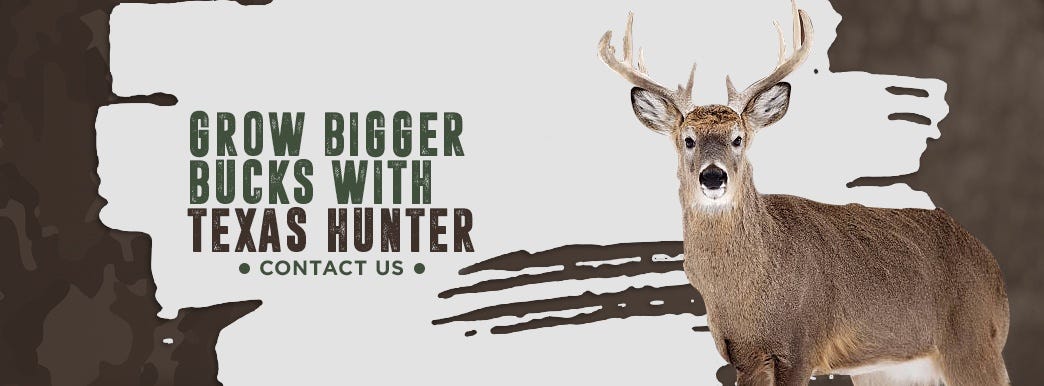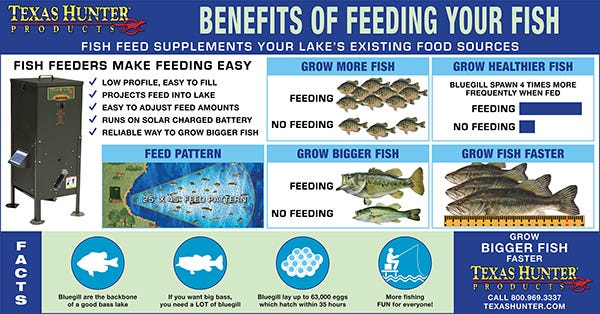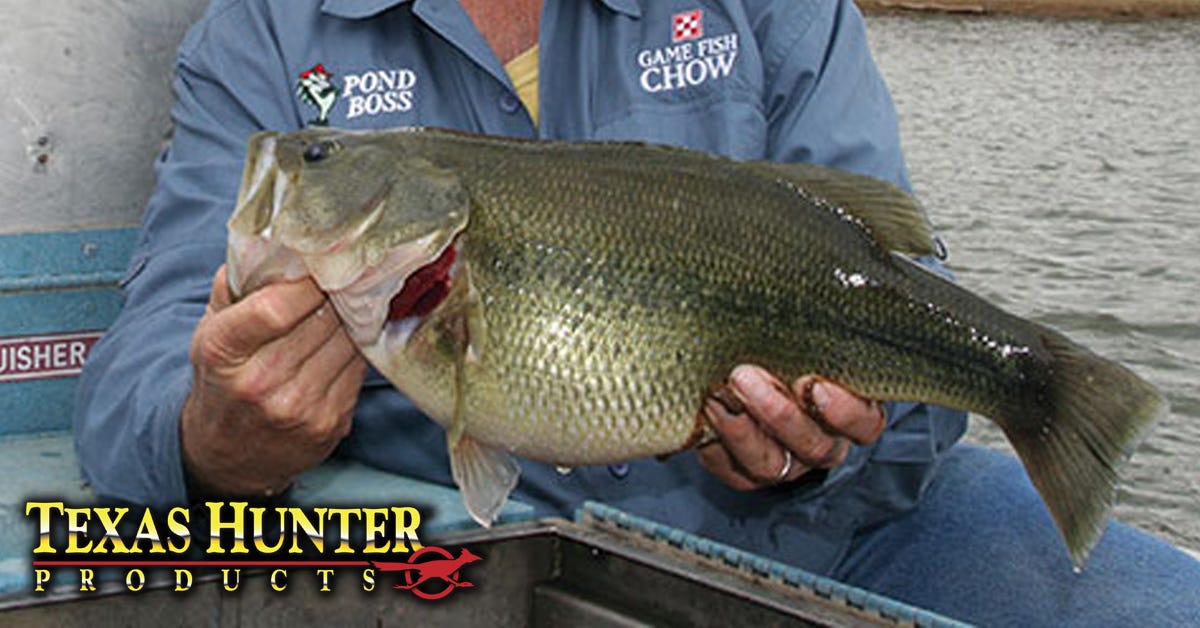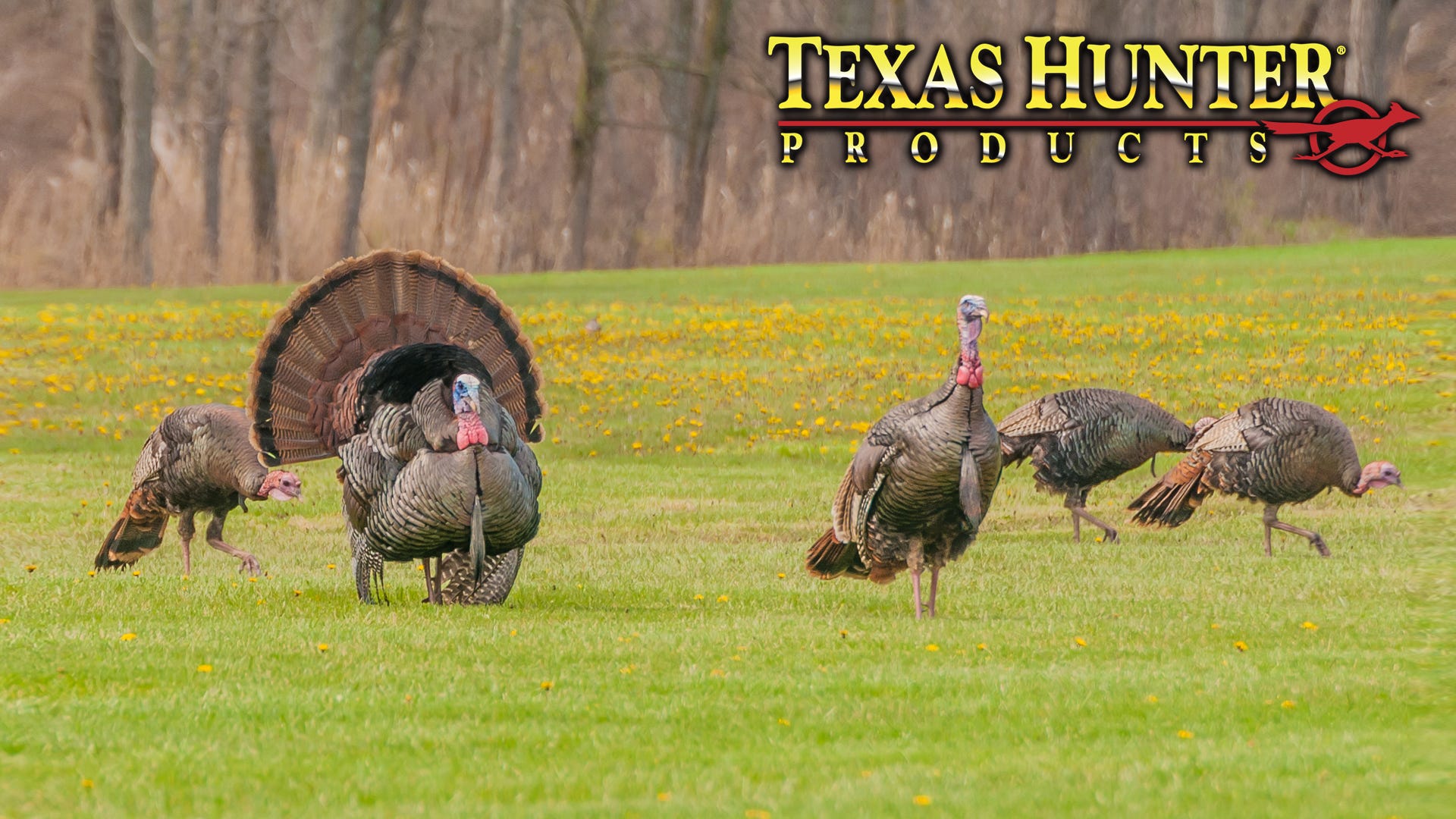- Mar 31, 2015
Tips For Starting A Successful Protein Feeding Program
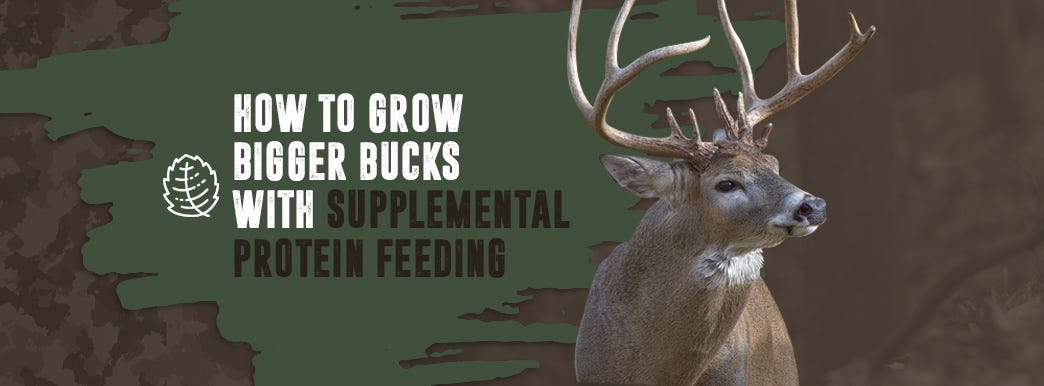
Do you want to increase the size of the deer on your property and ensure that they stay healthy, even through the winter months? One of the best ways to accomplish this is with a supplemental protein feeding program. Successfully implementing such as program can lead to bigger bucks with bigger antlers and a larger herd. For your protein feeding program to succeed, though, you need to ensure you provide the right food in the right locations at the right times. Here's how to get started.
Why Feed Deer Protein
There is a widespread belief that because deer are herbivores, protein plays a minor role in their growth and development. Some people even believe deer can't digest or tolerate dietary protein of more than 16 percent. In reality, however, protein is an essential part of a deer's diet. Examining the natural diets of deer helps explain where protein fits in and why it's necessary.
Protein is just one of the nutrients required for healthy growth in whitetail deer. To be healthy, deer need a combination of carbohydrates, vitamins and minerals, along with enough water to flourish. As browsing animals, deer get their nutrition from plants, masts and forbs while foraging. The plants that fulfill these requirements vary based on geographical location and season, so it's easy for a herd's diet to get out of balance.

Supplemental protein feed for whitetail deer is a way to ensure your herd is getting enough protein even when its natural availability is scarce. Forb foraging, for example, can fulfill the majority of a deer's protein needs. Chicory, for example, has a protein content of more than 26 percent, but may not be available year-round due to poor weather conditions or seasonality. Deer in Texas only have the luxury of chicory foraging through fall, winter and some of spring, while the plant grows year-round in other areas of the country.
In short, the reasons to give deer supplement feed are to:
- Replace depleted protein due to the scarceness of forbs
- Help the herd maintain adequate nutrition through the winter months
- Ensure fawns receive adequate protein for growth
Deer Protein Feeding Results
What results can you expect from a supplemental deer protein feed program? These are the most compelling.

1. Antler Size
We know a lot about how buck protein impacts the growth of antlers. For many, trophy racks are a primary goal of using high protein deer feed. Protein is undoubtedly the best antler growth supplement. Although genetics and age play significant roles in the development of antlers, supplemental feed for deer antler growth makes a clear difference.
The results of a study conducted by researchers from the University of Missouri and the Missouri Department of Conservation drive home just how much protein is needed to produce large racks. The researchers fed two-year-old pen-raised male deer diets composed of either eight percent protein or 16 percent protein. By the time they reached four years of age, the males that were eating a 16 percent protein diet had grown antlers an average of 20 inches larger than their counterparts that ate the low-protein diet.
Given that antlers are composed of around 45 percent protein, it makes sense that providing additional protein will result in larger, stronger racks. It's also important to note that body growth and maintenance of general functions take priority over the growth of antlers. If protein availability falls below 16 percent during spring or summer, males will still grow smaller antlers. If immense antlers are your goal, protein supplementation is a must.
2. Body Size
The best deer protein feed will also result in larger body size. Fawns need at least 14 to 18 percent protein to achieve average growth. To achieve optimal growth, they need 16 to 20 percent protein in their diet.
Fawns, weighing 5 to 10 pounds at birth, double their weight in the first two weeks. Some triple their weight in the first month. For the first two to three months of life, fawns rely on their mother's milk to fulfill all nutritional needs, making it crucial for does to receive enough protein. The incredibly nutrient-dense milk of a doe contains about twice the protein present in cow's milk.
Lactation is more nutritionally expensive than gestation and almost 20 times more expensive than antler growth. A female deer needs 11 to 15 percent protein during late pregnancy and can use up to 22 percent during lactation. Having that protein available through deer pellet feed or another form of protein supplementation will allow does to produce higher quality milk during the short lactation window, promoting better growth for their fast-growing fawns.
3. Herd Size
With ample high-protein deer feed available year-round, you'll notice a significant increase in the overall size of your herd within a couple of years. Protein supplementation reduces the impact of natural selection. Under normal circumstances, it's expected that the weaker does and fawns will not survive times when food is scarce.
In some cases does can't find enough protein to satisfy lactation needs, leading to fawns starving in the first few months of life. In other cases, fawns that have been weaned aren't able to find enough browse or forbs to support their growth cycle, and they may fall prey to malnutrition.
It's important to note that a feed program can be too successful in this area. If the rate of fawn survival makes the herd grow too large, you'll experience imbalances that end up damaging the herd and land overall.
How to Choose a Protein Feed Resource
When deciding what type of program to implement, your two main options are food plots and deer feeders. Many deer recognize and are naturally attracted to the familiar format. However, food plots are very time-intensive and require careful attention to things like soil quality and spreading lime.
A high-protein deer feed, usually in the form of pellets, is a simpler and equally effective method of delivering necessary nutrients to your herd. There are multiple brands to choose from, each with their own explanations of why they're the best. While your herd won't be eating this feed exclusively, it will have a significant impact on their growth and the antler development in bucks, so it's crucial to keep an eye out for these criteria:
- Crude protein content of at least 20 percent
- Minerals such as calcium to support antler growth
- Season-specific formulations
You also want to consider what form you want the feed to come in. The best protein pellets for deer are usually extruded feed, where the ingredients of the pellets are first cooked. Standard pellet feed will usually be the most cost-effective option. Regardless of format, the best food to grow deer antlers always contains the most protein.
When to Feed Your Deer Protein
One of the essential supplemental deer feeding tips is to understand the seasonal nutritional needs of the species. Their needs fluctuate depending on their activity during each season.
Spring
Spring is the optimal time for deer to fulfill their nutritional needs naturally. There is an influx of new vegetative growth that, in many areas, can be enough to maintain the animals' body condition. However, bucks are seeing the beginnings of antler growth and does are getting ready to rear fawns. Both does and bucks will be in a better position to do this with extra protein available. The animals will also be rebuilding any muscle lost during the low-activity period of winter.
Depending on your food plot schedule, there may also be a gap in the food that's available at the very beginning of spring. It's a great strategy to ensure your herd has a source of protein available ahead of summer.

Summer
Summer is the best time to feed deer protein to grow bigger bucks. The bucks will be ramping up antler growth, while does benefit from the protein while they are nurturing their new fawns. The best feed for deer antler growth should contain high amounts of calcium and phosphorous in addition to protein to give your bucks all they need to maximize their rack and body size potential. Some feeds even contain specific formulations of deer antler growth supplement.
Nursing does need all the protein they can get as well, as they are losing significant energy through lactation. Look for a food with high carbohydrate content as well as protein, as this will help keep your doe population strong and healthy.
Fall and Winter
Deer are beginning to prepare for winter, which mostly involves increasing their fat stores through the consumption of fats and carbohydrates. However, it's crucial to actively transition the herd to a more fat and carb-heavy diet. If the herd is going to be eating a diet with more grain, their digestive systems need to grow bacteria necessary to digest it.
Mixing corn into high-protein pellet feed should begin sometime in October. You can start by switching to 40 percent corn and add between 10 and 15 percent more corn each week until your desired ratio is achieved.
Choosing a Deer Feeder
You have many options to choose from when selecting a protein feeder, and not all of them are created equal. Look for these qualities in your deer protein feeders for the most success with your program.
- Durability: Your feeders have to withstand weather conditions as well as assaults form other wildlife like raccoons. Roto-molded options are lightweight, practically indestructible, and will never rust.
- Efficient dispensation: Your herd can't receive the benefits of high-protein feed if they can't get to it properly. A good feeder is designed to provide a continuous flow of food through large, easy-access ports.
- Locking lid: A feeder with lid locks will keep food safe from the elements and inside the feeder in case weather or errant animals are a threat to your supply.
- Sufficient capacity: Deer can eat about seven pounds of food per day, and some of that will be your protein feed. You can spend time filling up a collection of smaller feeders or consolidate to fewer larger feeders for less time spent filling.
Where to Place Your Deer Protein Feeder
You'll have the most success if you place your protein feeders in secluded spots located near transition areas, such as travel corridors, draws and areas along the edges of vegetation. Being close to a water source will also make it easier to establish your new feeding station. Position your deer protein feeders within 1/4 mile of fresh water whenever possible.
You want the feeder to be in a place you know is a high traffic area for the deer but as far as possible outside the human line of sight. Bear in mind that if a feeder is visible from a road, it will heighten the deer's anxiety and expose you to the possibility of poaching or theft. If you're not familiar with the herd's traffic patterns, a trail camera can help you figure out their habits. You'll also need to replenish the supply of feed from time to time, so the feeder needs to be accessible by vehicle.
Deer don't always take to supplemental feeding immediately. In instances where there is no known history of feeding protein to deer or if you’re setting up a new protein feeding station, make a trail using corn from the closest deer trail over to your deer protein feeders and spread corn around the feeders to bring them in. Give it a little time, and you’ll start to see your protein feeding program take off.
You can also place a spin feeder in the general area of the gravity protein feeder and set it to feed two or three times per day for a few weeks. The sound from the corn feeder will help attract deer to the area.
Grow Bigger Bucks With Texas Hunter Products
Maintaining a healthy and well-fed population of deer requires careful planning throughout the year, especially in cold-weather climates. While you can't control genetics or time, you can make a huge impact through proper nutrition. Setting up deer protein feeders on your property will help deer remain strong and steady in their growth cycle, and Texas Hunter Products is here to help you do it.
Our line of protein feeders is designed from the ground up to make the process easy and effective. We use a high-density roto-molded design to eliminate the problem of rust and keep feed 26 percent cooler than steel feeders. With more than 65 years of experience designing and improving deer protein feeders, we've created a product that will meet the needs of both you and the deer on your property.
If you have any questions about how our feeders can help you grow bigger bucks, feel free to contact us. You can also browse our selection of other deer feeder options and see our full line of products by requesting a catalog.


